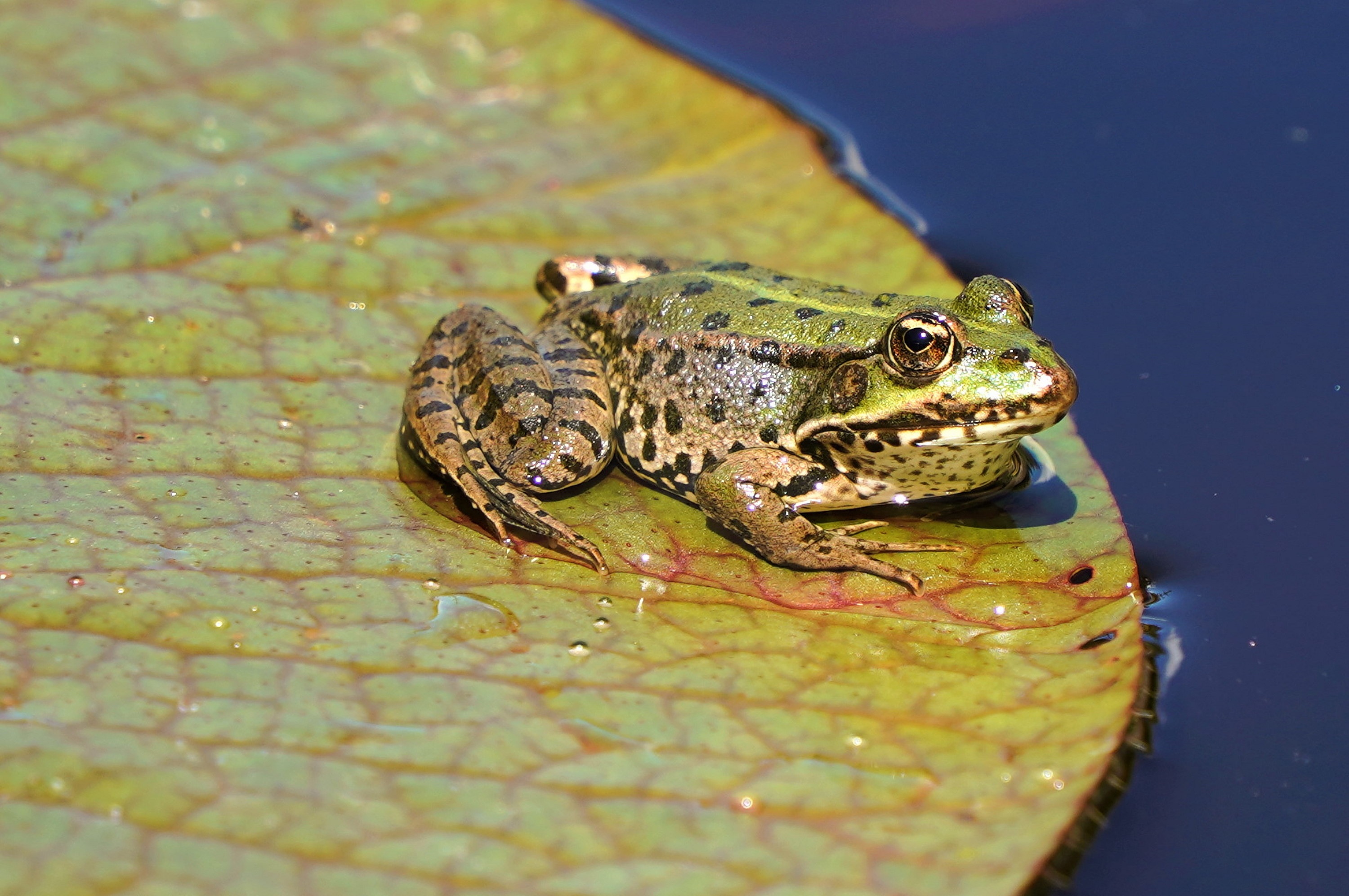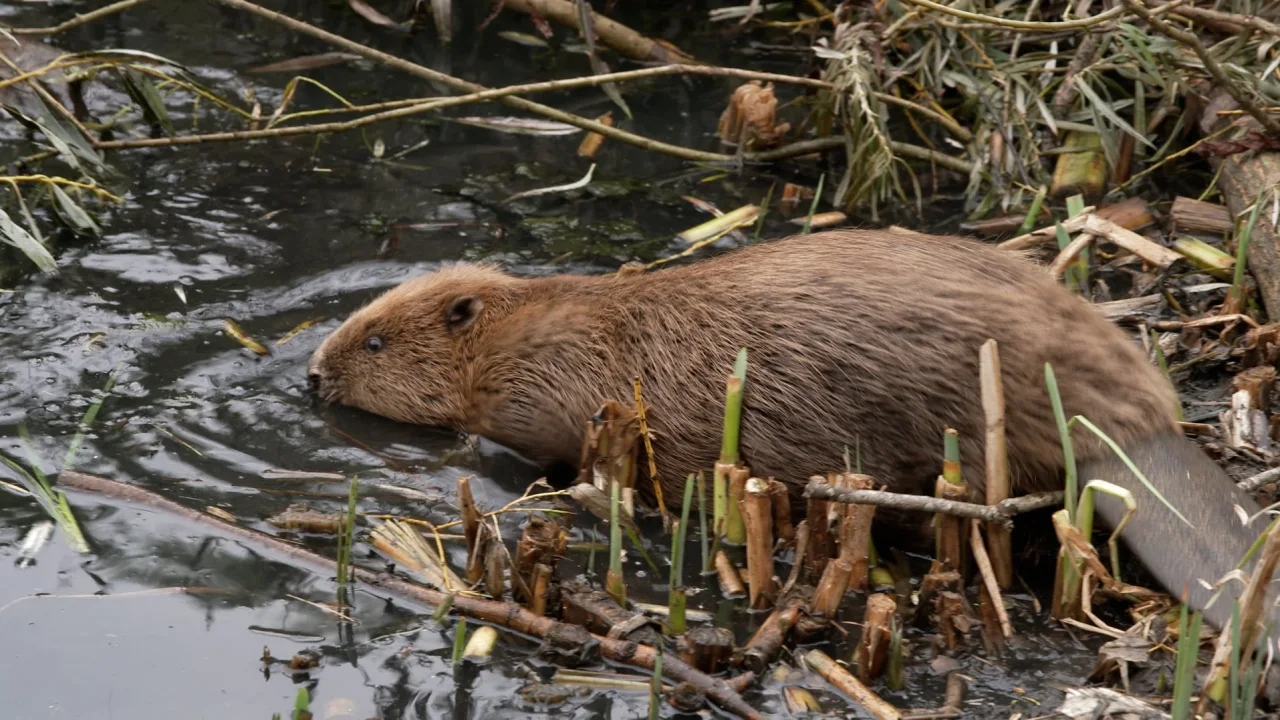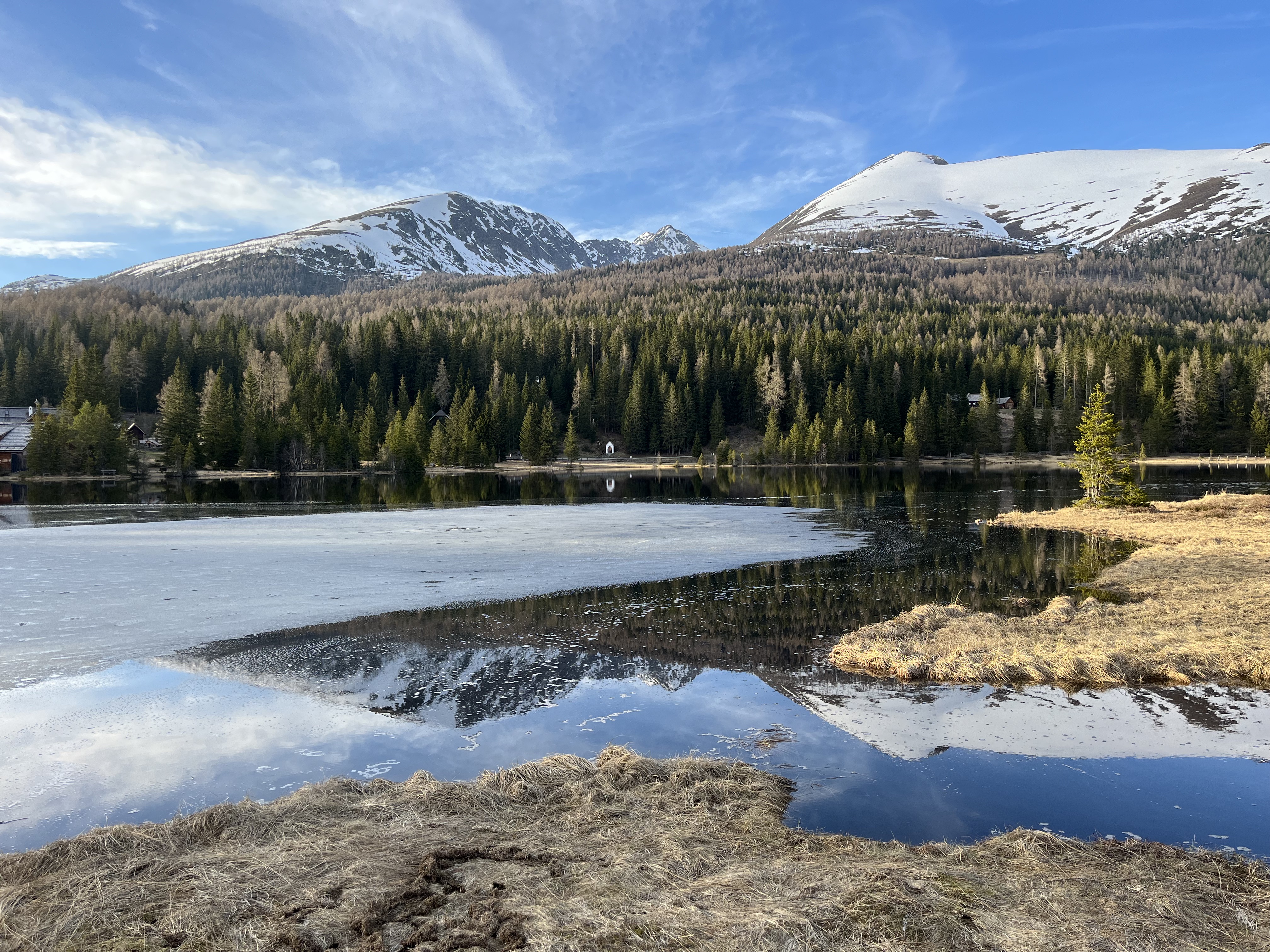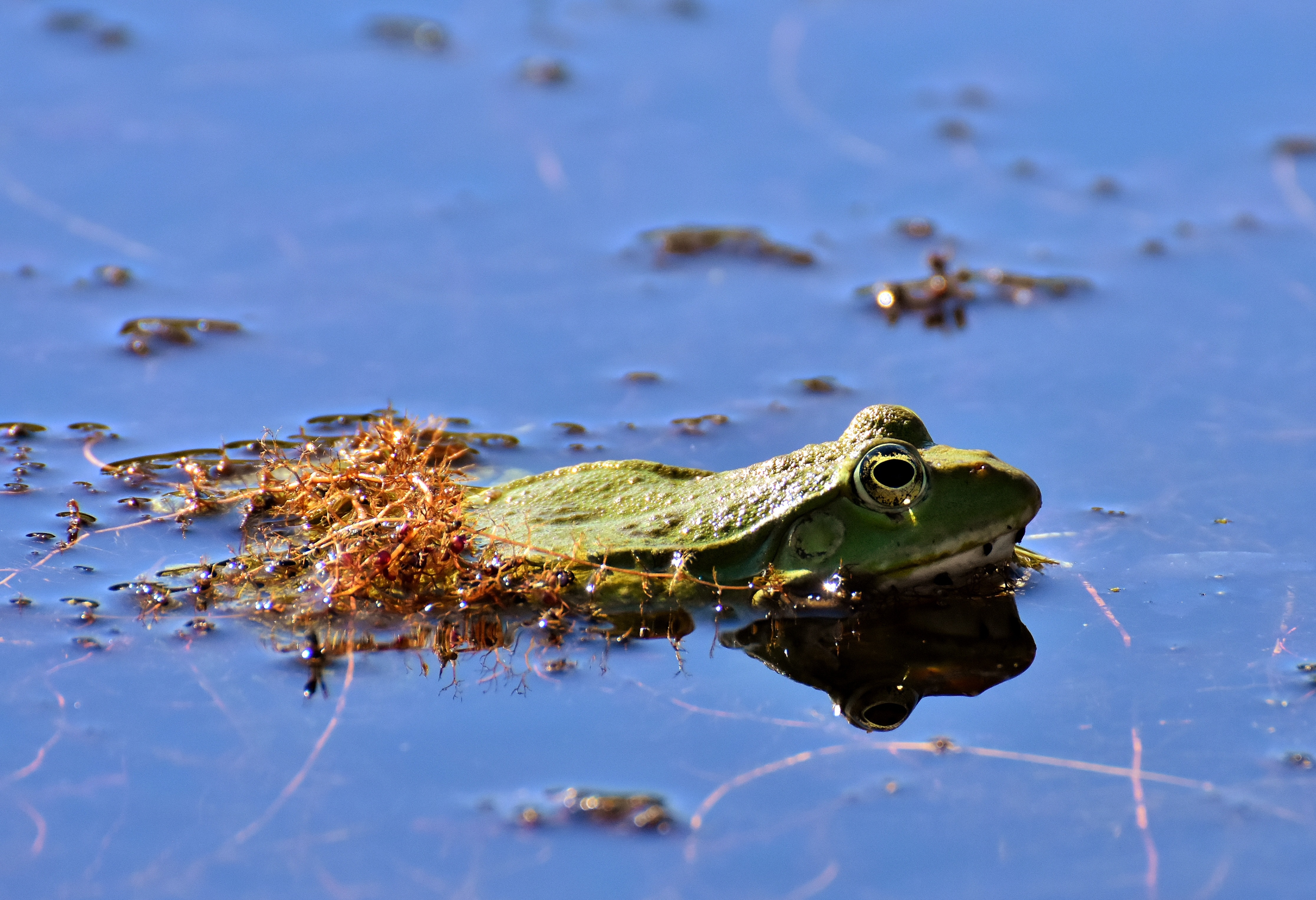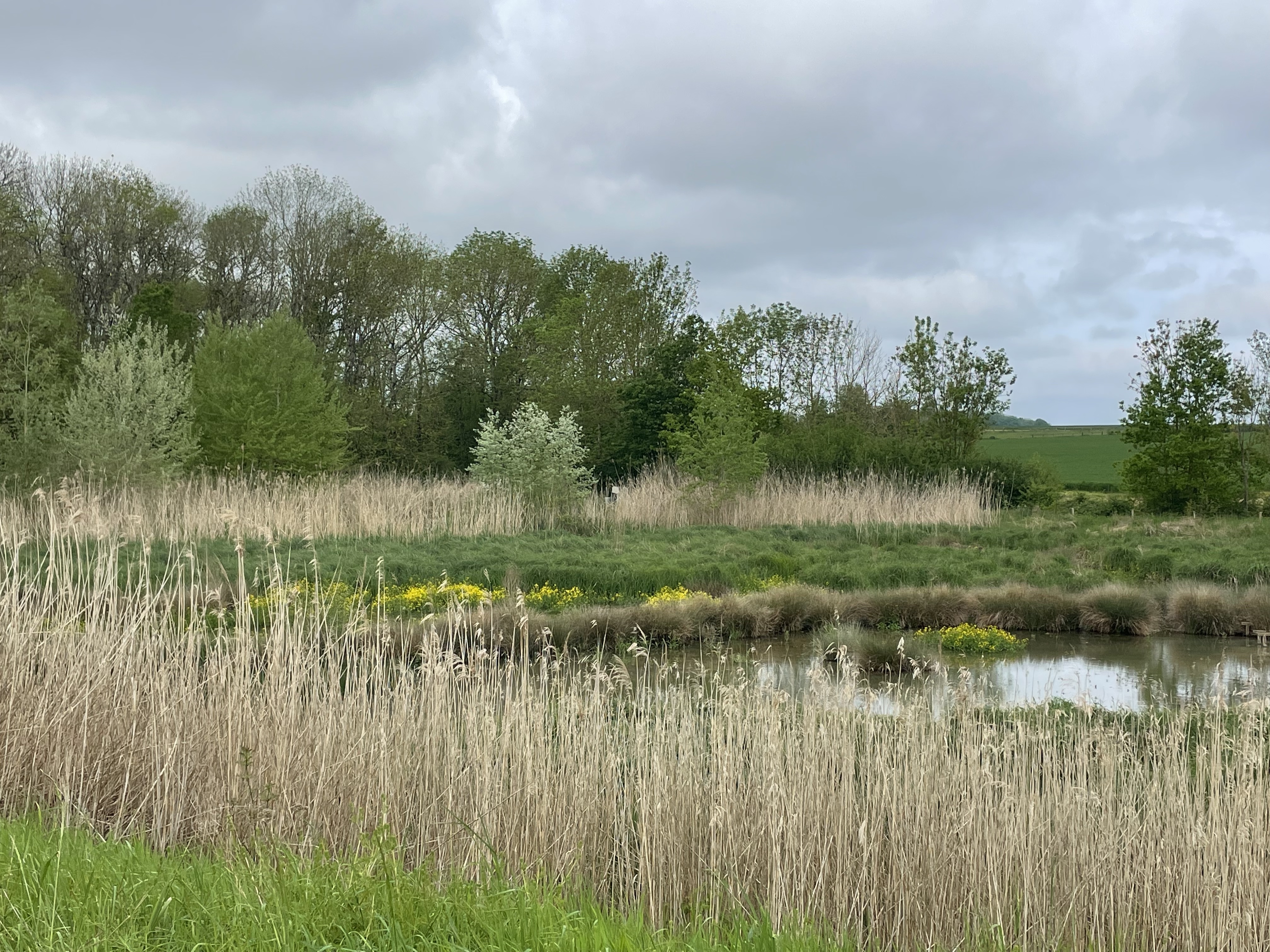AMooRe: Austrian Moor Restoration LIFE project
“AMooRe” is newly started LIFE project to implement the Austrian peatland and mires Strategy 2030+. Peatlands and mires are both types of wetlands characterized by waterlogged conditions, but they differ in vegetation and formation.
Peatbogs typically have acidic, nutrient-poor conditions and are dominated by sphagnum moss, while moors have a more diverse vegetation and can include areas of peatbogs along with fen and marsh habitats. Peatbogs form primarily from the accumulation of dead plant material (peat), while moors can develop from a variety of wetland processes and may include peatbogs as part of their landscape.

Importance of the project
Implementation of this project on the one hand means taking direct measures within the project and on the other hand also developing the necessary foundations as well as action and decision-making mechanisms for further implementation of Austria peatbogs and moors protection after the end of the project until 2033.
Please also read: Wetlands of Austria
The project focusing on moor renaturation (LIFE Austrian Moor Restoration, “AMooRe” for short) was submitted to the European Union by all nine federal states and two federal ministries (BMK, BML). Approximately 44 million euros will fund peatbogs and moors protection over a next decade, combatting the decline of Austrian peatbogs and moors both qualitatively and quantitatively while enhancing climate and water protection through wetland restoration.
LIFE AMooRe is intended to develop the crucial mechanisms based on good practice projects together with all those directly and indirectly affected. This means that strategic and practical measures are combined in the project. The protection of peatbogs and moors is essentially the responsibility of the federal states, although many processes take place at a higher level. It is therefore important to specifically set up interfaces between all levels or expand existing ones. Priorities for action must be defined and long-term financing models developed.
Objective of project
LIFE AMooRe objective is to cultivate essential mechanisms through collaborative initiatives involving all directly and indirectly impacted stakeholders. This entails integrating strategic and pragmatic approaches within the project. While federal states in Austria primarily oversee peatbogs and moors, numerous procedures occur at a broader scale. Defining action priorities and formulating sustainable financing models are imperative tasks.

Selected measures
The fundamental measure is exchange and integration of the departments of nature conservation, agriculture and forestry, commercial horticulture, water management, climate policy, spatial planning and tourism as well as the development of jointly acceptable solutions and recommendations for action on specific issues in peatbogs and moors protection
Important part of project is collecting knowledge and developing the basis for permanent action for moor protection and transferring knowledge to others dealing with the similar subject and those who use and implement then on day-by-day base. Implementation is done through good practice projects in around 40 peatbogs and moors areas in Austria with 13 different habitat types and 37 species of high nature conservation value
Part of the project is careful monitoring of the project implementation and systematic public relations and networking.
Conclusion
According to the Climate Protection Minister Leonore Gewessler, intact peatbogs and moors are extremely important – they are capable of storing more carbon than any other ecosystem in the world!
Austria is still rich in peatbogs and moors. Their total area is estimated more than 50,000 hectares. These type of habitats stores large amounts of carbon and are therefore are important climate protectors. They can absorb enormous amounts of water and thereby mitigate floods. They contribute to the filtering and purification of the water as well as the enrichment of the groundwater and are therefore competent protectors of our drinking water. Last but not least, they are valuable habitats for endangered animal and plant species.
The condition of the Austrian peatbogs and moors is critical. According to a study by the Federal Environment Agency, more than 90 percent of local peatbogs and moors are in need of restoration. Therefore, this project is going to play critical role in their future protection.
ALFAwetlands project
ALFAwetlands is another project that includes the topic of wetlands restoration in Austira. This Horizon project contributes to the improvement of the geospatial knowledge base of wetlands, evaluates the pathways of wetland restoration that incorporate a co-creation process and provides information and indicators for sustainability to maximise climate change mitigation, biodiversity and other benefits.
We are looking for more synergies between these projects in future.


